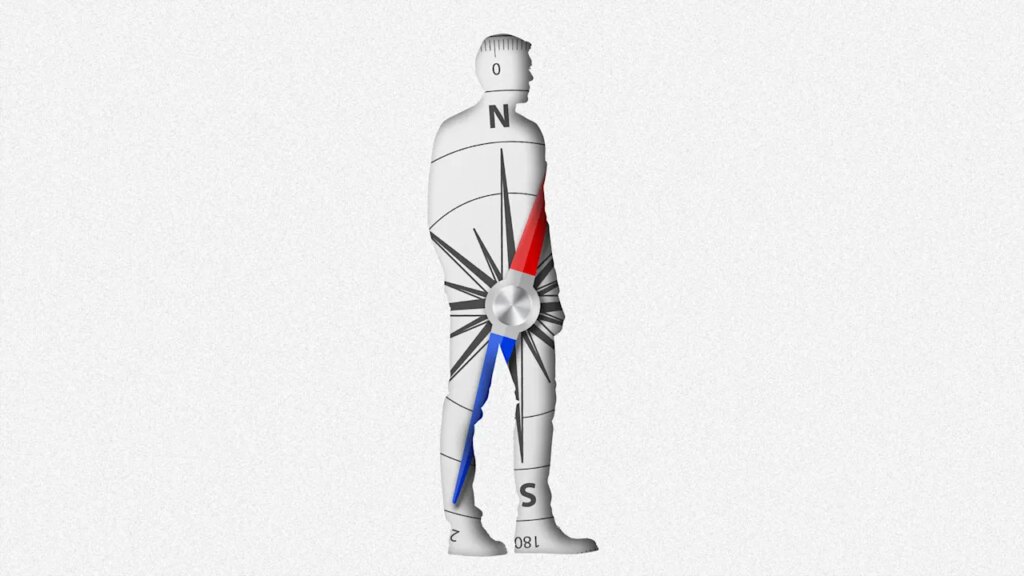
The job market is difficult right now. Mass layoffs leave people clinging desperately to their current jobs. The Great Flatten has more and more workers competing for fewer and fewer roles as entry-level roles dry up and AI potentially renders entire career paths obsolete.
Long-term unemployment is at a post-pandemic high: more than one in four unemployed workers is unemployed for at least half a year. Which makes it a stressful time to go through any kind of professional upheaval.
If you find yourself unmoored in the current market, whether by choice or not, it might be a good time to recalibrate and be clear about your next steps.
The team of professional experts at UK careers site targetjobs suggest a way to find direction amidst the chaos. It’s called the GPS Method.
Whether you’re just entering the workforce (I’m so sorry), considering a career move, or planning your next move, this method can help you decide where you want to go and how to get there in small, actionable steps.
G: Connect
The first step has to do with grounding. Before you update your LinkedIn and start submitting job applications, take a deep breath and look inward. Ask yourself, what really are my interests, strengths and values and how do they fit into the job?
This doesn’t necessarily have to be the passion of your life. In fact, many workers are no longer interested in attractive job titles and instead save their true passions and ambitions for outside of work hours.
Rather, it is about recognizing what gives energy and what drains it. You may recognize that you work best when you exchange ideas with people in the office. Or you will be more productive in a remote environment, away from distractions.
Think about the impact you want to have in your next position. Are you excited about a fast-paced environment at the forefront of innovation or do you feel the need to help others in a meaningful way?
Q: Trace your path
Once you’ve done the inner work, it’s time to start making a plan. Instead of spraying and praying Easy Apply applications for every job you can find, do significant research and use job specifications to tailor your CV to the role. (Yes, many hiring managers can tell when you’ve used AI.) Remember, one thoughtful job application is worth a thousand half-assed applications.
Think about experiences, not commitments. If you can, do some freelance projects to try out a new career path before diving in headfirst. Network at events or reach out to connections in the industry for advice. Think of it as collecting data and trying different techniques to find the one that best suits your needs.
S: Steer and stay the course
The traditional career ladder is dead. A professional “lattice” (or jungle gym) approach has taken its place, but requires a little more adjustment as you progress. Make sure you don’t fall asleep at the wheel; Continue to set short-term goals and reflect on what’s working and what’s not, so you can, of course, correct as needed.
The “stay the course” part? It means having patience. Bumps in the road are normal. In fact, it’s a good time to back out and repeat the process, and any rejection is just a redirection.


